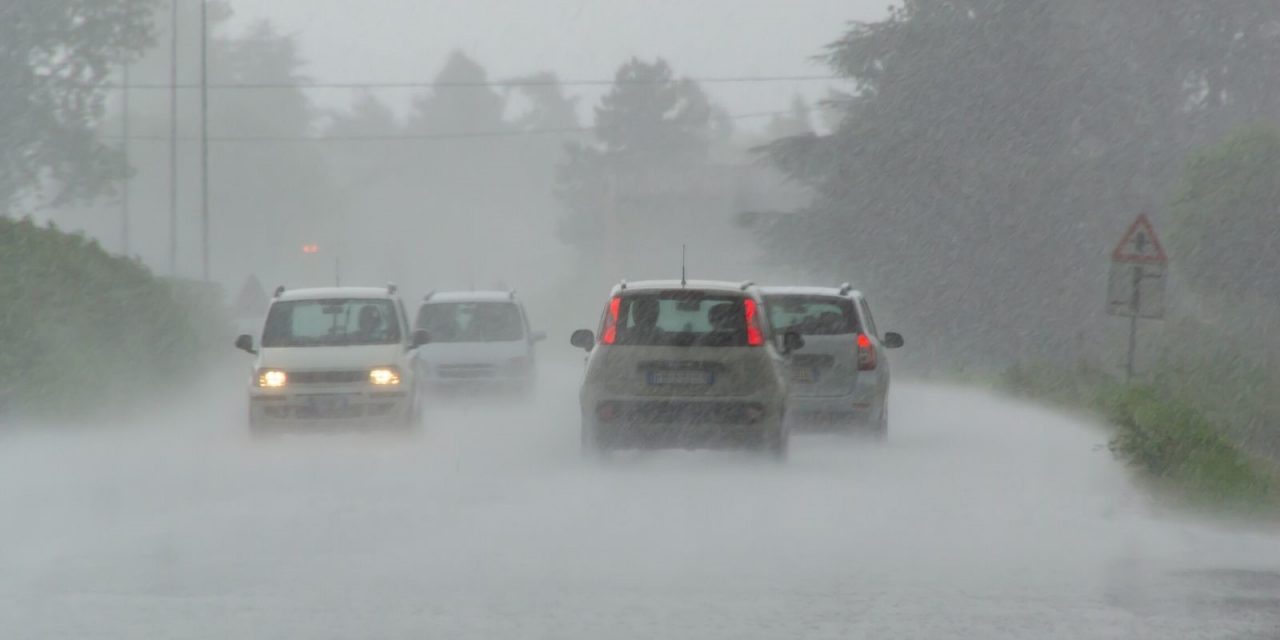Driving students on trips for school or a youth organization requires that you exercise great care on the road. Note these driving tips for avoiding accidents.
While it’s common to utilize a travel bus service for student or youth trips, you may also find yourself acting as one of the primary sources of transportation in some instances. This can be nerve-wracking if you are unprepared since the students’ safety is largely in your hands whenever you are moving to and from each destination. Brush up on your skills with these driving tips for avoiding car accidents so that the next journey you plan for runs smoothly.
Familiarize Yourself With the Vehicle
You might feel right at home in your sedan, but for a youth trip, you’ll likely need to drive a larger vehicle like a van in order to fit more people. Familiarize yourself with the vehicle you’ll be using and get accustomed to the positioning of the steering wheel and other internal components. You’ll also need to adjust how you back out of spaces and turn because the vehicle will take up more space than you’re used to. Even if your usual automobile is similar to the one you’ll be driving for the trip, it’s still wise to take it for a test run or two beforehand so you can weed out uncertainties regarding the trip vehicle.
Minimize Sources of Distraction
A van full of teenagers isn’t going to be the most serene environment for driving, but you can still follow this tip to avoid car accidents by cutting out unnecessary distractions. Obviously, don’t fiddle with your cell phone while you’re driving. If you must use it as a navigational tool, make sure it has a proper holder that doesn’t require you to take your eyes off the road for very long. It may be even better to have a navigator so you can focus your concentration ahead and around you. You’ll probably want to refrain from using the radio or Bluetooth too much, as well, since messing with music can also distract you, especially on unfamiliar roads.
Know How to Handle Bad Weather
It can be hard to predict the weather, and, depending on where and when you are driving, rain can start to fall heavily out of nowhere. Review your knowledge of how to drive safely in strong wind and rain to be ready for whatever conditions you meet throughout the journey. Besides making changes to accommodate for the weather conditions, such as increasing the distance between yourself and the cars in front of you and slowing down, you may also want to check that the vehicle can handle bad weather.
If you rent it, you can select a model that is safest among the options available. If your school or organization owns the vehicle, you may ask about maintenance and possible improvements that they can make to it. Switching out the vehicle’s tires for ones with better traction is a good example.






